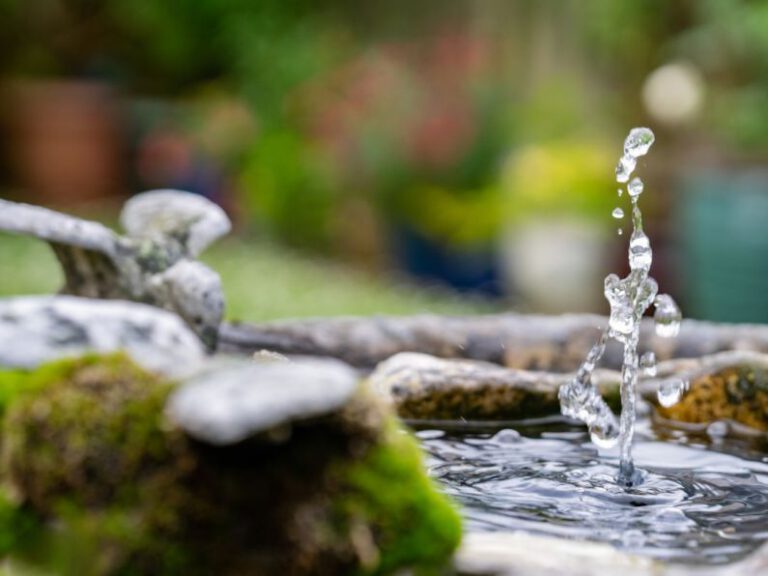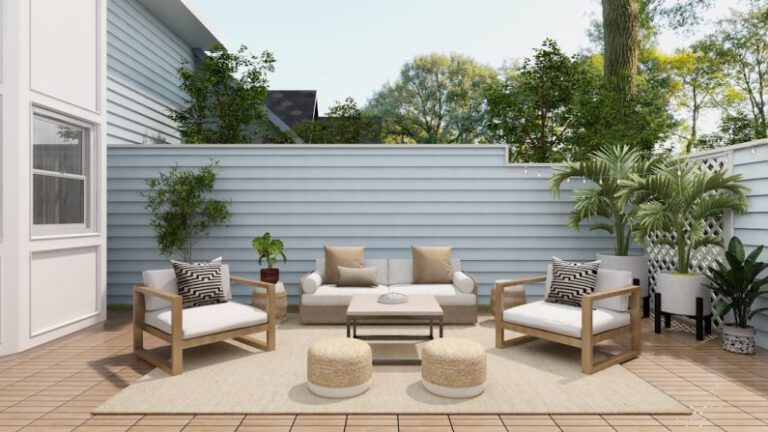Is Sustainable Landscaping a Good Choice for Your Yard?
Maintaining a beautiful and vibrant yard is a goal for many homeowners, but the traditional approach to landscaping can have unintended consequences for the environment. As awareness of the importance of sustainability grows, more people are turning to sustainable landscaping practices to create a yard that is not only aesthetically pleasing but also environmentally friendly. In this article, we will explore the benefits of sustainable landscaping and why it may be a good choice for your yard.
Creating a Haven for Wildlife
One of the key benefits of sustainable landscaping is its ability to create a haven for wildlife. By incorporating native plants into your yard, you can attract a variety of birds, butterflies, and other beneficial insects. These plants provide food and shelter for local wildlife, helping to support biodiversity in your area. Additionally, native plants are well-adapted to the local climate and soil conditions, reducing the need for excessive watering and chemical fertilizers.
Reducing Water Usage
Traditional landscaping often requires large amounts of water to keep grass and non-native plants healthy. In contrast, sustainable landscaping focuses on using water efficiently and conserving this precious resource. By choosing drought-tolerant plants and implementing water-saving techniques such as rainwater harvesting and drip irrigation, you can significantly reduce your yard’s water consumption. Not only does this benefit the environment, but it can also lead to cost savings on your water bill.
Improving Soil Health
Healthy soil is the foundation of a thriving yard, and sustainable landscaping practices can help improve soil health over time. By avoiding the use of chemical fertilizers and pesticides, you can encourage the growth of beneficial microorganisms and earthworms that contribute to soil fertility. Mulching with organic materials can also help retain moisture, suppress weeds, and add nutrients to the soil. Healthy soil not only benefits your plants but also plays a crucial role in sequestering carbon and mitigating climate change.
Minimizing Chemical Exposure
Conventional landscaping often relies on the use of synthetic chemicals such as herbicides, pesticides, and fertilizers to maintain the appearance of the yard. However, these chemicals can have harmful effects on human health, wildlife, and the environment. Sustainable landscaping practices prioritize natural alternatives, such as compost, mulch, and organic pest control methods, to create a healthy and chemical-free yard. By minimizing chemical exposure, you can create a safe and sustainable outdoor space for your family and the surrounding ecosystem.
Promoting Long-Term Sustainability
Sustainable landscaping is not just a trend but a long-term approach to caring for your yard and the environment. By choosing native plants, conserving water, improving soil health, and minimizing chemical use, you can create a yard that is resilient, low-maintenance, and sustainable for years to come. Sustainable landscapes require less input of resources and time, making them a practical choice for busy homeowners who want to enjoy a beautiful yard without compromising the health of the planet.
Making a Positive Impact
In conclusion, sustainable landscaping offers a multitude of benefits for both homeowners and the environment. By creating a habitat for wildlife, reducing water usage, improving soil health, minimizing chemical exposure, and promoting long-term sustainability, you can make a positive impact on your yard and the world around you. Whether you are starting from scratch or looking to transition your existing landscape, consider the benefits of sustainable landscaping and make a choice that is good for your yard and the planet.






